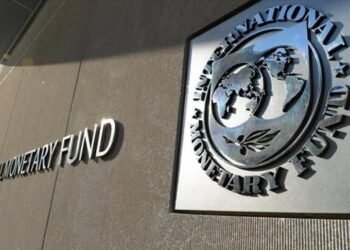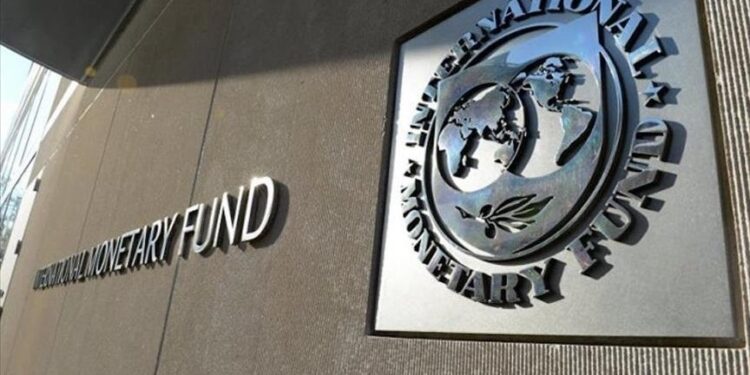The International Rescue Committee (IRC) has called for concerted efforts to address food insecurity and malnutrition in East Africa.
According to the IRC, the number of people facing extreme hunger in East Africa has exponentially shot up between November 2021 and August 2022, and the situation continues to deteriorate as a poor start to the October-December rains has initiated a fifth consecutive season of drought.
The Committee noted that irrespective of whether there is a famine declaration in coming months or not, thousands have already lost their lives to extreme hunger.
“In this year of unparalleled needs and unfunded humanitarian appeals, our ability to meet all those in urgent need is stretched to the breaking point. For this and future food security crises, we need more investment in anticipatory action and more efficient and effective systems for meeting the needs of the most vulnerable. The UN’s High Level Task Force (HTLF) on Preventing Famine was set up to prevent a famine, but we are already seeing clear signs of famine conditions across the region – thousands have already died. The HTLF needs to be reconfigured, and urgently, to focus on the countries at the highest risk of famine like Somalia and galvanize action before it’s too late.
“We also need to make sure every malnourished child gets access to treatment. Using proven and cost-effective solutions such as the combined protocol and community health workers to deliver treatment is by no means a ‘silver bullet’ to avert an all-out famine, but it is a critical piece of the puzzle to reach more children with lifesaving treatment when food crises hit.”
Shashwat Saraf, IRC’s Emergency Director for East Africa
In East Africa, there are currently 20.9 million people who are experiencing hunger. Food insecurity continues to rise due to failing crops, economic shocks and loss of livestock, which is accompanied by acute malnutrition.
Acute malnutrition increases in children
It is estimated that 7.5 million children under the age of five are currently suffering from this deadly condition with more than 1.8 million experiencing its severe form – these children face rapid weight loss, are visibly emaciated, and are often sluggish and without the strength to walk or even cry.
Acute malnutrition increases children’s risk of death up to 11-fold, especially given that a child suffering from severe malnutrition is susceptible to common diseases such as malaria or cholera as their weakened bodies are not strong enough to fight off the disease.
Despite the existence of a lifesaving treatment, ready-to-use-therapeutic-food (RUTF), 4 out of 5 acutely malnourished children still cannot access the care they need due to an overly complex and burdensome system that treats different forms of acute malnutrition with different products at different locations, run by different agencies.

“I have already lost my two young children during my journey to reach the IDP camp. I’m now trying to ensure that my last child can get the much-required treatment for acute malnutrition from IRC.”
One IRC client, a young mother
As the region continues to navigate increasing acute malnutrition and countries like Somalia sit on the verge of famine, it is essential that we leverage proven solutions such as the combined protocol to scale treatment and save children’s lives, both today and in the future.
Although needs are growing, only 50% of the drought response plans for Ethiopia, Kenya, and Somalia are funded, which significantly restricts the ability of humanitarian organizations to act. IRC calls upon international leaders and donors to embrace the combined protocol which treats all acutely malnourished children before they deteriorate into the more dangerous form of severe malnutrition and offers significant cost savings.

East Africa is home to some of the IRC’s longest-running programs globally, with operations in Somalia for over 40 years, Kenya for 30 years and Ethiopia for 20 years. Presently, over 2,000 IRC staff in the region are scaling up programs to address the current drought and rising food insecurity, including expanding to new areas to meet severe needs.
IRC is providing nutrition, water and sanitation, protection, women empowerment, and cash assistance services to drought-affected populations across East Africa.
READ ALSO: Consumer, Business Confidence Waning Amid Declining Economic Activity





















